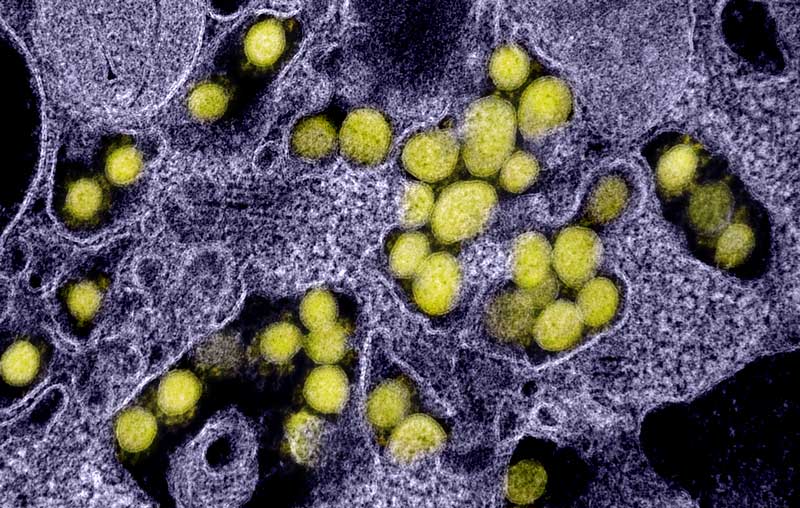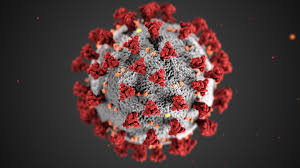The Role of Disease Detectives
Disease detectives are experts who specialize in identifying the origins and spread of infectious diseases. Often called epidemiologists, these professionals use their knowledge of medicine, biology, and data analysis to trace how viruses spread through populations. Their work is key in understanding and mitigating the impact of diseases, especially those caused by invisible viruses.One of the primary challenges disease detectives face is the fact that viruses are microscopic and can spread quickly without being noticed. Their efforts include tracking symptoms, collecting data from hospitals, and analyzing trends in order to predict and stop outbreaks before they spiral out of control.
The Invisible Virus
An invisible virus, such as the one causing the latest outbreak, may not show itself until it has already affected hundreds or thousands of people. The virus may be airborne, spread through contact, or transferred via animals, making it difficult to pinpoint its exact source.One example is the novel coronavirus (COVID-19), which initially went unnoticed until it spread to multiple countries. Disease detectives worked around the clock to identify transmission patterns, implement quarantine measures, and develop vaccines. Similar investigations have been conducted for other viruses like Ebola, Zika, and influenza, all of which require careful tracking and investigation.
The Tools of the Trade
To track invisible viruses, disease detectives rely on an array of tools and techniques. Some of the key methods include:
- Contact Tracing: One of the primary ways to track the spread of a virus is through contact tracing, where experts interview infected individuals to find out who they’ve been in contact with. This helps build a network of potential cases, allowing for swift intervention.
- Surveillance Systems: Public health agencies use surveillance systems that monitor health data from hospitals, clinics, and health departments. These systems can detect unusual spikes in symptoms that may indicate an outbreak.
- Laboratory Testing: Diagnostic testing is crucial in identifying and confirming the presence of viruses in individuals. Disease detectives rely on advanced laboratory techniques, such as PCR tests, to detect the virus in samples like blood, saliva, or swabs.
- Mathematical Models: Predictive models help experts understand how viruses spread and forecast future outbreaks. By using data from previous outbreaks, disease detectives can predict how an invisible virus may behave and plan accordingly.
Challenges Faced by Disease Detectives
Tracking an invisible virus is never an easy task. Disease detectives face numerous challenges, including:
- Lack of Early Detection: Viruses often go unnoticed until they’ve spread widely, making early detection difficult. By the time symptoms appear, the virus may have already affected many people.
- Resource Constraints: In some regions, the lack of resources, whether it’s funding, medical equipment, or personnel, can hinder the ability to track and contain outbreaks effectively.
- Globalization: The interconnected nature of the modern world means that a virus can travel across borders at unprecedented speeds. Disease detectives must work in coordination with international health organizations to contain global outbreaks.
The Outcome: Containment and Prevention
Thanks to the dedication and expertise of disease detectives, many outbreaks have been contained before they become pandemics. Through rapid response, isolation measures, and widespread vaccination campaigns, the spread of invisible viruses can be minimized. These measures, combined with ongoing research, help prevent future outbreaks and protect public health.
Conclusion
Disease detectives are essential in the fight against invisible viruses. Their work, though often behind the scenes, is critical in safeguarding populations from the unseen dangers that viruses pose. Through their expertise, collaboration, and relentless pursuit of answers, disease detectives ensure that we remain one step ahead of invisible threats, even when they seem to appear from nowhere.





